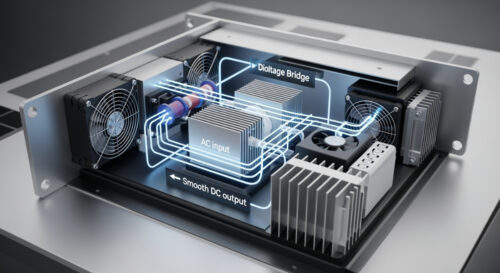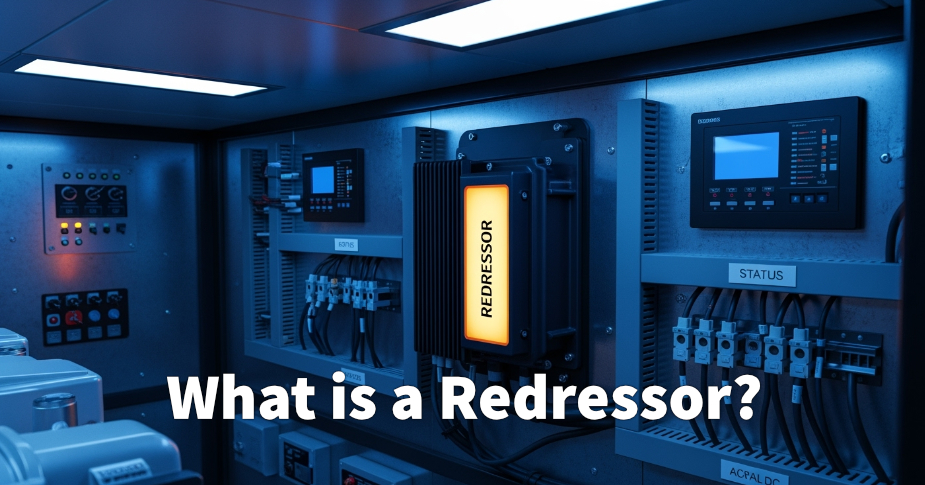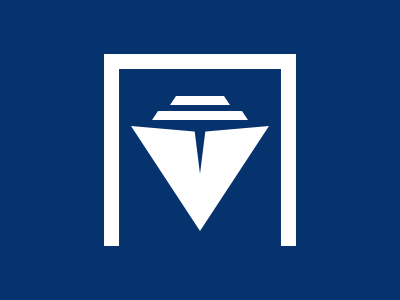A redressor, also known as a rectifier, is an electrical device that converts alternating current (AC) into direct current (DC). Onboard yachts, this conversion is crucial because many systems, such as battery banks, communication electronics, and control circuits, operate on DC power, while the yacht’s main power supply is often AC.
In simple terms, the redressor acts as a translator between different types of electricity, ensuring that all systems get the right type of current to function properly.
Why Does This Matter on a Yacht?
Yachts often run on AC power supplied by generators or shore connections, but not everything onboard uses AC. Batteries, for example, are DC systems by design. They need to be charged with DC current, and many sensitive systems like navigation controls, alarms, fire panels, and radio equipment are DC-based as well.
A redressor enables seamless charging and operation of these systems even when the primary power source is alternating current. Without a redressor in place, your DC systems either wouldn’t work or would be exposed to unstable voltage, risking damage or failure.
So, having a properly installed and maintained redressor ensures:
-
Stable DC power for essential systems
-
Reliable battery charging
-
Protection for sensitive electronic components
-
Seamless operation during generator or shore power use
What Makes It Different from Similar Devices?
It’s easy to confuse a redressor with an inverter or a converter, and while they all deal with modifying electrical current, they serve different purposes:
-
A redressor changes AC to DC
-
An inverter changes DC to AC (the opposite)
-
A converter is a broader term and may include either of the above, or even voltage changes within the same current type
In short, if you’re plugging into AC power but need DC for batteries or equipment, you’re relying on a redressor.
Where Redressors Are Used on Yachts

You’ll typically find redressors installed in:
-
Engine rooms, as part of the main electrical distribution system
-
Battery charging systems, where they convert AC from shore or generator to charge DC battery banks
-
UPS (uninterruptible power supply) systems, to ensure backup DC power for vital electronics
-
Navigation and communication circuits, especially where clean DC voltage is essential for operation
Redressors vary in size and complexity. Some are compact, modular units used for isolated systems, while others are integrated into the yacht’s central electrical panel and designed to handle multiple outputs and high loads.
How Does a Redressor Work?

Inside a redressor, the key component is a diode bridge an arrangement of diodes that allows current to flow in only one direction. When AC current passes through, the diodes block the negative phase and smooth out the flow, creating a pulsating DC current.
Most modern redressors also include:
-
Voltage regulation circuits, to keep output consistent
-
Heat sinks or cooling systems, since conversion can generate heat
-
Monitoring features, like displays or alarms for voltage, current, and fault detection
In higher-end systems, you may also find redundancy setups or programmable logic controls for smarter power management and better integration with the yacht’s automation systems.
The redressor might not be the most glamorous piece of equipment on board, but it plays a quiet, essential role in keeping your yacht’s systems stable, functional, and protected. As yachts become more technologically complex, and as the demand for energy efficiency increases, understanding how core components like redressors fit into the bigger picture becomes even more important.
FAQs about Redressors on Yachts
How do I know if my yacht actually uses a redressor?
If your yacht has AC power sources (like generators or shore power) and also operates DC systems such as battery banks or emergency circuits, it almost certainly uses a redressor. You can check your yacht’s electrical schematics or ask your engineer to point out the unit — it’s often located in or near the main distribution panel or battery charging area.
Can a redressor charge all types of marine batteries?
Most redressors can charge lead-acid batteries and are often compatible with AGM and gel types, but lithium batteries may require more advanced charging profiles. Always make sure your redressor’s output matches the voltage and charging requirements of your battery system to avoid overcharging or reduced battery life.
What happens if the redressor fails while I’m running on shore power?
If the redressor fails, any systems that rely on DC power could lose function or run solely on battery backup. This might affect navigation electronics, emergency lighting, or alarm systems. That’s why regular checks and built-in redundancy are critical on larger yachts.
Is it possible to upgrade an older redressor to a more modern unit?
Yes. Modern redressors offer better efficiency, more accurate voltage control, and digital monitoring features. During a refit or electrical upgrade, replacing an outdated redressor can help improve overall system reliability and reduce energy waste.
How is a redressor different from an inverter-charger system?
A redressor converts AC to DC only. An inverter-charger is a two-way device that both converts AC to DC (for charging) and DC to AC (for powering appliances). They can sometimes work together on larger yachts, with redressors handling dedicated loads and inverter-chargers managing more dynamic power flows.
Do redressors require regular maintenance?
They’re generally low maintenance, but still need visual inspections, cleaning, and voltage output checks as part of regular engine room routines. Cooling fans and heat sinks should be kept dust-free, and terminals should be checked for corrosion or loose connections.
Can a redressor overheat or cause electrical faults?
Yes, especially if it’s undersized, poorly ventilated, or operating under continuous high load. Overheating can lead to voltage instability or even component failure. Most newer units have built-in thermal protection and alarms to prevent serious damage.
Should I keep a spare redressor onboard?
For critical applications on large yachts, having a backup redressor or at least key spare parts (like fuses, fans, or diodes) is a smart move. For smaller vessels, routine inspection and planned replacement during refits can prevent unexpected failures without needing a spare unit on hand.










